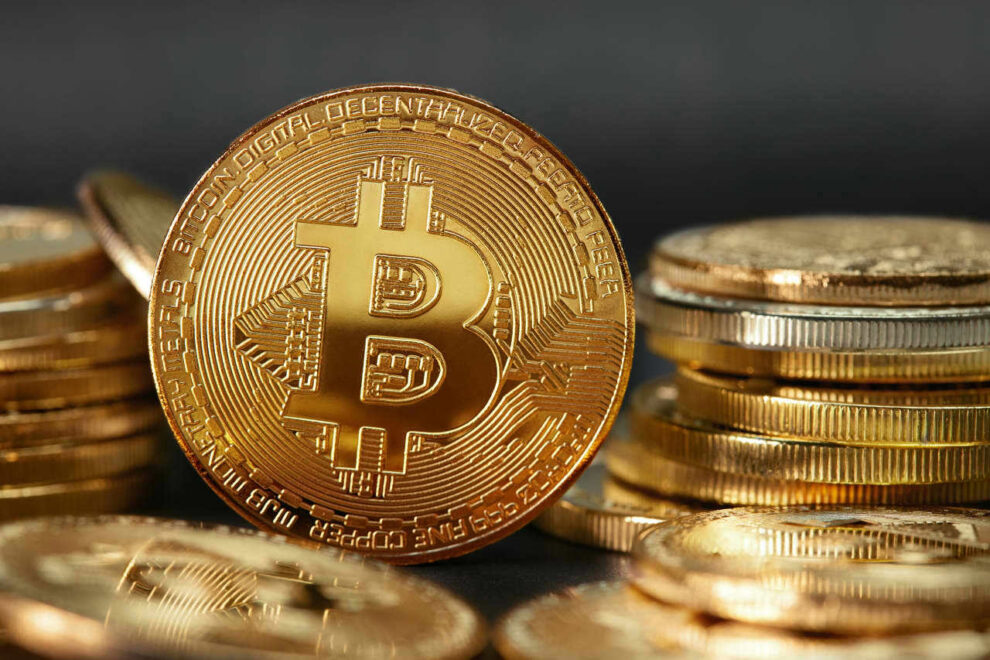Bitcoin, the world’s most prominent digital asset, recently shattered its previous price records, soaring above $111,000 to reach an unprecedented peak. This historic climb, recorded on Wednesday, May 21, 2025, seems to reflect a significant shift in the broader cryptocurrency landscape. It’s marked not only by improved market sentiment but also by heavy institutional participation. This rally isn’t just a bounce back from earlier price swings — it hints at a period of heightened investor interest that’s worth watching.
The surge has grabbed attention across global financial markets. Just a day before, Bitcoin was trading around $109,632. Then, by late Wednesday, it climbed to $111,834, continuing its impressive upward streak. But this isn’t just about the numbers. It signals more fundamental changes in how big financial players perceive and engage with digital assets.
Institutional Investors Drive Momentum
One of the biggest forces behind Bitcoin’s rally is the increasing embrace by institutional investors. Large financial entities—once hesitant, perhaps even skeptical of crypto’s volatility—are now actively putting capital into Bitcoin.
Here are some key factors behind this trend:
- Spot Bitcoin ETFs: U.S.-listed spot Bitcoin Exchange-Traded Funds have been a magnet for cash. In May alone, they pulled in about $4.2 billion in inflows, with steady daily contributions. These ETFs now manage over $40 billion in assets, showing growing confidence from big firms.
- Corporate Adoption: More companies are putting Bitcoin on their balance sheets. MicroStrategy, a major corporate holder, has boosted its Bitcoin stash to more than $50 billion. Japanese firm Metaplanet also made significant purchases, and Twenty One Capital, backed by Tether and SoftBank, adopted a Bitcoin-focused treasury model.
- Direct Access for Clients: Traditional banks are opening doors to Bitcoin as well. JPMorgan, for example, despite its CEO’s previous skepticism, now lets clients buy Bitcoin. Moves like this from big banks lend the asset an extra layer of legitimacy.
Julia Zhou, COO of crypto market maker Caladan, pointed out that this rally “is not simply driven by momentum.” She said it’s “quantitatively underpinned by measurable, persistent demand and supply dislocations,” which suggests the price gains are more solid than some past cycles.
A Shifting Regulatory Landscape
The regulatory environment around cryptocurrencies is also becoming noticeably friendlier in 2025. This shift provides much-needed clarity, which helps reduce uncertainty for investors and companies alike.
Some key regulatory updates include:
- Stablecoin Legislation: The U.S. Senate advanced a stablecoin bill aiming to set a clear framework for this crucial part of the crypto market. This could bring stability and stronger consumer protections.
- Political Support: President Trump has indicated plans to sign crypto regulation into law by August, signaling serious political backing that might pave the way for clearer industry rules.
- Mainstream Acceptance: Coinbase, a leading crypto exchange, joined the S&P 500 earlier this month—a milestone showing the crypto sector gaining recognition as part of mainstream finance.
Antoni Trenchev, co-founder of Nexo, a digital asset platform, observed that Bitcoin has reached what he calls “blue sky territory,” thanks to the tailwinds from institutional momentum and a favorable U.S. regulatory climate. It really points to digital assets gradually becoming more embedded in traditional finance.
Macroeconomic Tailwinds Propel Bitcoin
Outside of crypto-specific factors, some broader economic trends are also helping Bitcoin’s rise.
These include:
- Easing Trade Tensions: The reduction of trade frictions between the U.S. and China has calmed global economic uncertainty, which generally boosts investor appetite for riskier assets like Bitcoin.
- U.S. Dollar Weakness: A softer dollar makes Bitcoin more appealing as a hedge against currency devaluation. Investors often look for alternatives during these times.
- Increased Liquidity: More liquidity in financial markets benefits risk assets overall, Bitcoin included. More money floating around tends to push up prices.
- Debt Downgrades: Moody’s downgrade of U.S. sovereign debt has some investors searching for alternatives beyond the dollar. Bitcoin’s decentralized nature offers a compelling option.
Trenchev commented that Bitcoin’s new peak is really the product of “favorable ingredients in the macro cauldron,” suggesting these economic factors are converging to support its rally.
What Lies Ahead for Bitcoin?
With Bitcoin hitting new highs, many are curious about what’s next. Analysts have mixed projections for Bitcoin’s price in the near and longer term.
Some forecasts include:
- Near-Term Targets: Technical analysts think Bitcoin could reach $125,000 if it holds above $110,000.
- 2025 Outlook: Industry voices like Antoni Trenchev (Nexo) and Tracy Jin (MEXC) suggest $150,000 could be within reach this year. Ryan Lee from Bitget Research is even more bullish, predicting $180,000, fueled by institutional inflows and limited supply.
- Long-Term Views: Some predictions are quite ambitious. Blockstream CEO Adam Back believes Bitcoin might soar to $500,000 or even hit $1 million this cycle. Standard Chartered forecasts $200,000 by 2025 and $500,000 by 2029. Even BlackRock’s CEO Larry Fink has speculated about Bitcoin eventually reaching $700,000.
The steady interest from institutional players and the maturing regulatory framework seem to confirm Bitcoin’s growing stature as a serious asset class. Its price performance often mirrors that of tech stocks and other risk-on investments, which have also seen strong gains recently. For instance, the Nasdaq is up about 30% from its early April low, reflecting a wider appetite for risk.
Bitcoin’s journey from a niche digital experiment to a mainstream investment vehicle is still unfolding. The recent breakthrough past $111,000 is a landmark that highlights increasing acceptance, clearer regulatory pathways, and solid financial backing. As the crypto market evolves, Bitcoin’s role in global finance is becoming, well, more defined — even if the future still holds a bit of uncertainty.








